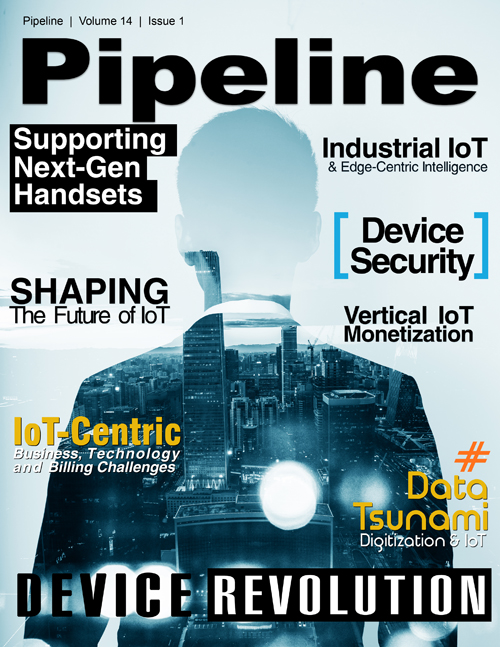Preparing for Tsunami of Data
For example, "platooning" is on the horizon. It is the practice of getting two or more cars close enough to enhance aerodynamics and reduce power consumption. Analogous to “drafting” in NASCAR, assembling of groups of vehicles on the highway will produce many benefits: reduced power consumption, reduced cost, reduced pollution, increased road carrying capacity, among others.
However, achieving those benefits requires constant communication among platooning vehicles, which is why vehicle-to-vehicle communications systems are being developed today. Eventually, cars
preparing to accelerate or decelerate will communicate with those in front and behind, in effect, linking the vehicles gas and break pedals to each other.
Each vehicle’s navigation system will have to know where other cars are located, and their destinations, so that platoons are comprised of vehicles grouped according to similar routes and destinations.
The aerodynamic advantage will bring with it a reduction in cooling air. Both electric and internal combustion systems need cooling, and platooning systems in each vehicle will keep track of operating temperatures so that should they get too high, the car will know to break out of the platoon.
Today, traffic and road condition information is gathered into centralized data stores and then delivered back out to the roads with suggestions for “best” routing. With vehicle-to-vehicle communication, information will be delivered daisy chain fashion back down the road resulting in faster, more accurate information.Roads are becoming “plastic” and dynamic. In the past, the number of lanes in each direction on the Golden Gate Bridge was varied in a way that ensured the commute direction had more lanes than the non-commute direction. This traditionally was done by people, who from the back of a truck, moved plastic sticks indicating where the median should be. Today, highway departments use a moveable safety barrier and a special vehicle that like a zipper, moving back and forth to automatically place the barrier where it should be.
There is still a driver in the truck taking commands for a manual operations center, which uses video cameras on the approaches to gauge traffic conditions.





















